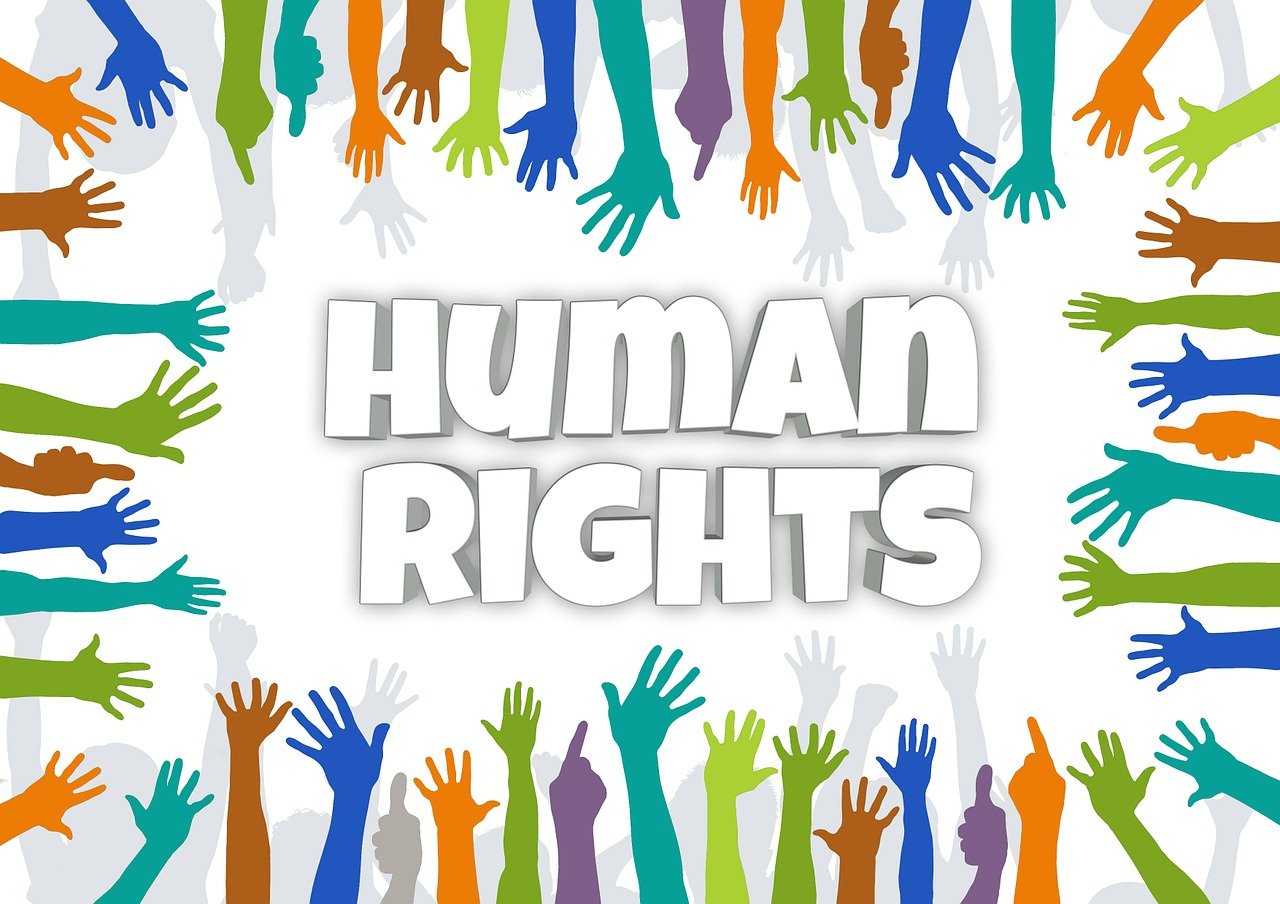HUMAN RIGHTS LEGISLATION
Author(s): Agency Director
Publication Date: October 2, 2024
Sources: GPT 4.0
Chapter 2 Human Rights Legislation
Introduction
Australia is a country that maintains strict legislation and regulations regarding the workplace. It therefore has enacted a number of Acts and uses Common Law to administer and govern Human Rights Principles.. And whilst the Statutory requirements and rules regulate conventions and principles of each and every citizen, the rights of the individual is expanding as Human Rights globally is showcased.
A Whistleblower works within this context and is a person who provides the Psionic Community a safe and equal playing field in which to live grow and develop themselves through relationships that are chosen by the person and not forced upon them. It (whistleblowing) exposes people, events, and actions, that are deemed wrongdoers and are illegal, immoral, illicit, unsafe corrupt or fraudulent conduct within a private or public sector organization. Their purpose thus is to prevent and cease the hazards of human rights violations by maintaining the rights of the citizen.
And in this section we will briefly discuss the Legislation and Common Law precedents that govern how our civil rights should function for the good of all.
Main Topic:
- Introduction
- Historical Context
- Constitutional Provisions
- Statutory Framework
- International Commitments
- Current Challenges
- Conclusion
Introduction to Human Rights
Human rights are fundamental to the dignity and freedom of individuals, playing a pivotal role in fostering a just and equitable society. In Australia, the landscape of human rights legislation is complex, shaped by constitutional provisions, statutory laws, and various international commitments. This article explores the evolution of human rights legislation in Australia, its current framework, and the ongoing challenges faced in the pursuit of human rights for all Australians.
Historical Context
Australia’s human rights journey can be traced back to its colonial origins. Initially, human rights considerations were primarily limited to the rights of British subjects. However, over time, as the nation matured and feminist, civil rights, and Indigenous movements gained momentum, the discourse around human rights began to evolve. Landmark events, such as the suffrage movement in the early 20th century and the civil rights movement in the 1960s and 1970s, played crucial roles in shaping public consciousness around human rights issues.
Key Points:
Constitutional Provision
Unlike many developed democracies, Australia does not have an explicit Bill of Rights enshrined in its Constitution. However, certain constitutional provisions imply human rights protections. For instance, the High Court of Australia has interpreted the Constitution to protect the right to political communication and have ruled against laws that infringe on the freedom of religion.
Statutory Framework
Australia’s human rights protections are largely found within various federal and state legislative frameworks:
- The Australian Human Rights Commission Act 1986: This act established the Australian Human Rights Commission (AHRC), which is responsible for promoting and protecting human rights in Australia. The AHRC investigates complaints of discrimination and breaches of human rights, particularly in areas such as employment, education, and the provision of services.
- The Racial Discrimination Act 1975: This landmark legislation makes it unlawful to discriminate against someone on the grounds of race, color, descent, or national or ethnic origin. It was a significant step towards recognizing the rights of Australia’s Indigenous peoples and fostering a more inclusive society.
- The Sex Discrimination Act 1984: This act makes it unlawful to discriminate based on sex, marital status, pregnancy, or potential pregnancy. It aims to promote equality between men and women in various aspects of public life, including employment and education.
- The Disability Discrimination Act 1992: This legislation seeks to eliminate discrimination against people with disabilities and promotes their full participation in society. It mandates equal rights in areas such as employment, education, and access to public services.
- The Age Discrimination Act 2004: This act aims to protect individuals from discrimination based on age, promoting the inclusion of older Australians and younger individuals in various sectors of society.
- The National Children’s Commissioner Act 2012: This legislation established a Commissioner to advocate for the rights of children in Australia, focusing on the protection of children from harm and promoting their well-being.
International Commitments
Australia is a signatory to several key international human rights treaties, including:
- The International Covenant on Civil and Political Rights (ICCPR)
- The International Covenant on Economic, Social and Cultural Rights (ICESCR)
- The Convention on the Elimination of All Forms of Discrimination Against Women (CEDAW)
- The Convention on the Rights of the Child (CRC)
These international commitments obligate Australia to promote and protect human rights domestically, although such treaties do not automatically form part of Australian law unless enacted by legislation.
Current Challenges
Despite the progress made, challenges remain significant in the protection and promotion of human rights across Australia:
- Indigenous Rights: The treatment and rights of Indigenous Australians remain critical issues. Despite legislative frameworks, disparities in health, education, and justice continue to affect Indigenous communities profoundly. Efforts towards reconciliation and recognition of land rights persist as contentious political issues.
- LGBTQIA+ Rights: While advancements have been made, such as the legalization of same-sex marriage, discrimination based on sexual orientation and gender identity continues to be a concern, particularly in areas like employment and healthcare.
- Refugee and Asylum Seeker Policies: Australia’s policies on refugees and asylum seekers have faced international scrutiny, especially in relation to mandatory detention and offshore processing. Ongoing debates question the balance between national security and human rights obligations.
- Economic and Social Rights: Issues surrounding poverty, housing, and access to healthcare highlight gaps in recognizing economic and social rights as essential to the well-being of all Australians.
- Rights in the Digital Age: Emerging technologies pose new ethical challenges related to privacy, surveillance, and freedom of expression, prompting the need for legislative reviews to ensure rights are safeguarded in the digital realm.
Conclusion
Human rights legislation in Australia has made significant strides over recent decades, yet ongoing challenges reflect a need for continued advocacy and reform. The establishment of a comprehensive Bill of Rights remains a topic of discussion, aimed at strengthening legal protections. A commitment to fostering a culture of respect and equality for all Australians is vital in ensuring that human rights are not only recognized but actively upheld. The journey towards full realization of human rights will require collaboration among government, civil society, and communities to collectively shape a more inclusive future for all.
CRITICAL EVALUATION:
Strengths: In-depth theoretical analysis, relevant practical examples, clear structure.
Weaknesses: Limited attention to specific examples of modern technology implementation.
Biases or Assumptions: Emphasis on classical approaches, possibly underrepresenting alternative methods.
Contribution to the Field: Significant contribution to understanding the limitations and possibilities for improving the efficiency of heat engines.
Comparison with Other Works on the Topic: Consistent with existing research, but offers a deeper analysis of efficiency improvement methods.
PERSONAL RESPONSE:
The article was informative and useful for understanding the limitations and possibilities of heat engines. How the Article Changed or Reinforced Your Thinking: Reinforced the importance of the second law of thermodynamics and provided new perspectives on efficiency improvement. Questions Raised or Left Unanswered: Which specific modern technologies can most effectively increase the efficiency of heat engines? Application of the Article’s Insights in Real Life or Further Research: Plan to use the presented methods and models in further research and energy-saving projects.
Thank you for Reading!
🌐 Useful Links
Legislation for Supporting Human Rights in Australia
The Australian Human Rights Commission Act 1986 articulates the Australian Human Rights Commission role and responsibilities. It gives effect to Australia’s obligations under the following: International Covenant on Civil and Political Rights (ICCPR)
Age Discrimination Act 2004
The Age Discrimination Act 2004 protects people from age discrimination in employment, the provision of goods and services, education and the administration of Commonwealth laws and programs. Review the Australian Human Rights Commission’s work in the area of Age Discrimination.
Disability Discrimination Act 1992
The Disability Discrimination Act 1992 seeks to eliminate discrimination against people with disabilities. Review the Australian Human Rights Commission’s work in the area of Disability Discrimination.
Racial Discrimination Act 1975
The Racial Discrimination Act 1975 promotes equality before the law for all people regardless of race, colour or national or ethnic origin. It is unlawful to discrimination against people on the basis of race, colour, descent or national or ethnic origin. Review the Australian Human Rights Commission’s work in the area of Race Discrimination.
Sex Discrimination Act 1984
The Sex Discrimination Act 1984 protects people from unfair treatment on the basis of their sex, sexual orientation, gender identity, intersex status, marital or relationship status, pregnancy and breastfeeding. It also protects workers with family responsibilities and makes sexual harassment against the law. Review the Australian Human Rights Commission’s work in the area of Sex Discrimination.
Australian Human Rights Commission Act 1986
The Australian Human Rights Commission Act 1986 articulates the Australian Human Rights Commission role and responsibilities. It gives effect to Australia’s obligations under the following:
- International Covenant on Civil and Political Rights (ICCPR)
- Convention Concerning Discrimination in Respect of Employment and Occupation (ILO 111)
- Convention on the Rights of Persons with Disabilities
- Convention on the Rights of the Child
- Declaration of the Rights of the Child
- Declaration on the Rights of Disabled Persons
- Declaration on the Rights of Mentally Retarded Persons
- Declaration on the Elimination of All Forms of Intolerance and of Discrimination Based on Religion or Belief.
Thank you for Reading!
Page 15
2024 Copyright Sabrina Renee Lemire Whistleblower Psionic Community






